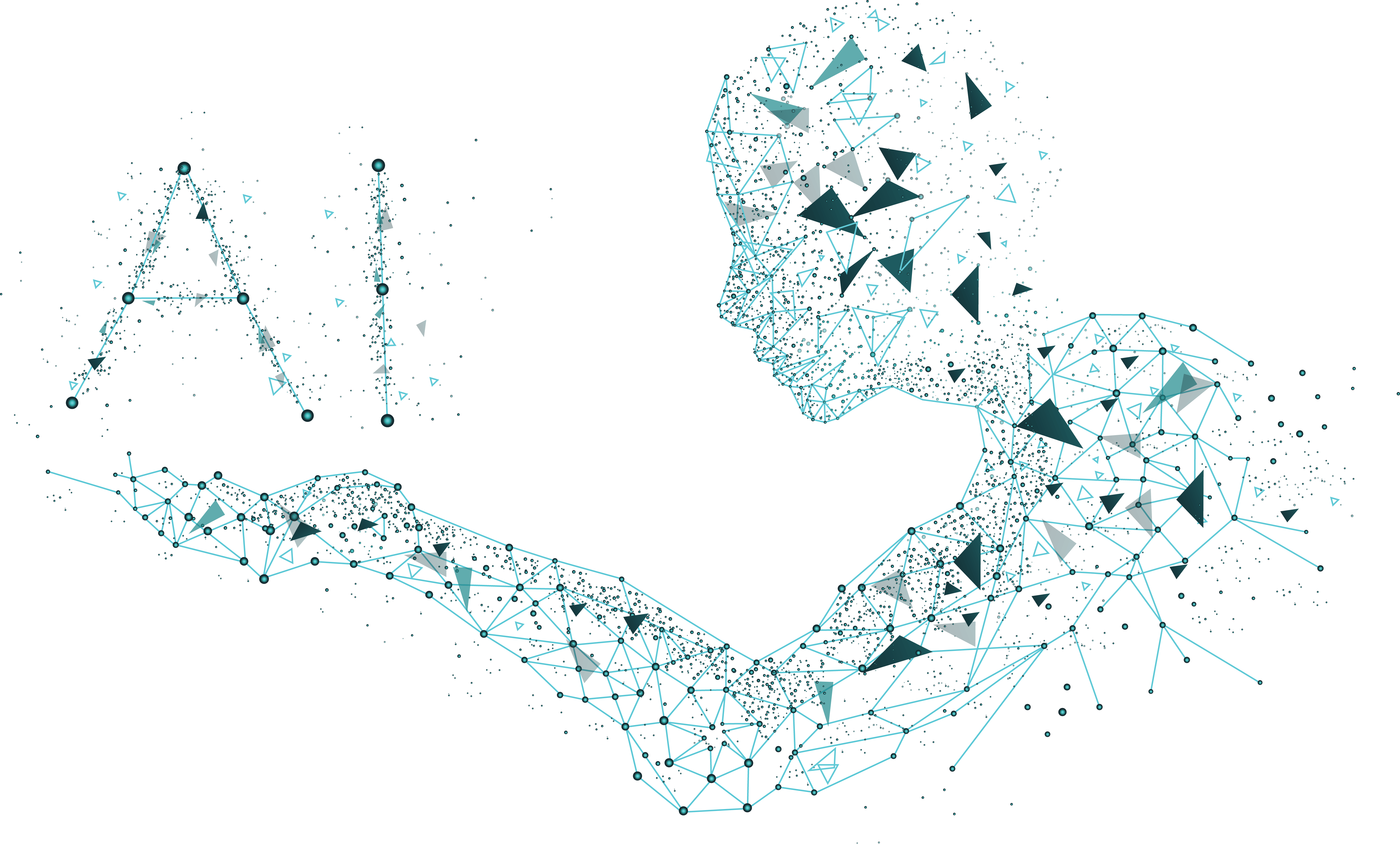technologies

The technology behind debest products allows our systems to understand human language with precision, to interact with the user, to provide the desired solutions and thanks to the integration of artificial intelligence, also to improve.
Unlike traditional voice assistants, our solutions are aimed at providing an extremely personalized interaction based on the type of request made by the user.
First, the voice assistant is questioned, at that moment the complex process of human language recognition in all its nuances starts, the next step is to convert the request into an input that searches for the desired solution. Subsequently there is a phase of integration of the output to the data collected in the past, in this way the outgoing message turns out to be an extremely precise solution compared to the question asked because it does not only take into account the type of request, but considers a complex series of factors that allow greater accuracy (who makes the request, what type of solution other users who made a similar request were looking for, etc.).

The technology behind debest products allows our systems to understand human language with precision, to interact with the user, to provide the desired solutions and thanks to the integration of artificial intelligence, also to improve.
Unlike traditional voice assistants, our solutions are aimed at providing an extremely personalized interaction based on the type of request made by the user.
First, the voice assistant is questioned, at that moment the complex process of human language recognition in all its nuances starts, the next step is to convert the request into an input that searches for the desired solution. Subsequently there is a phase of integration of the output to the data collected in the past, in this way the outgoing message turns out to be an extremely precise solution compared to the question asked because it does not only take into account the type of request, but considers a complex series of factors that allow greater accuracy (who makes the request, what type of solution other users who made a similar request were looking for, etc.).

